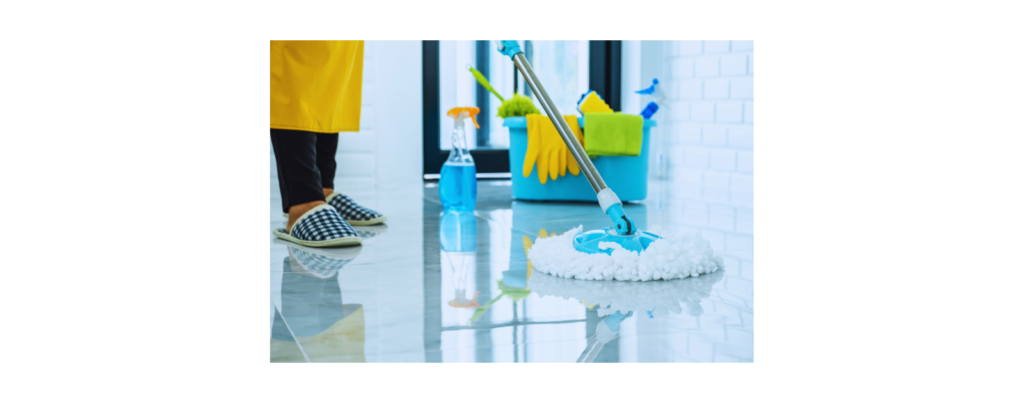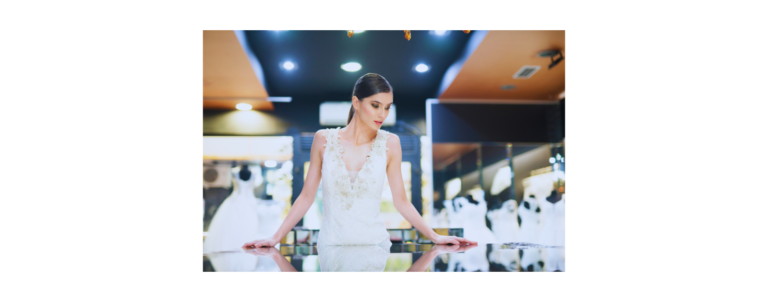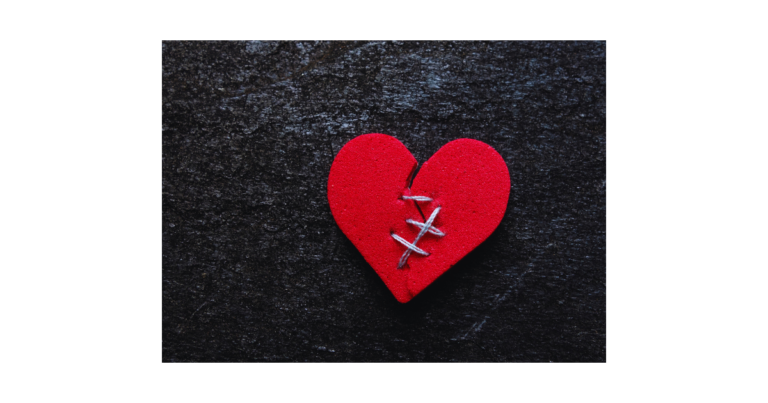Keeping your floors spotless is one of the simplest ways to make your living space feel fresh and welcoming. Whether you’re tackling wood, tile, laminate, or stone, understanding how to clean your specific floor type is key to preserving its beauty and longevity. Let’s dive into a step-by-step guide to maintaining floors of all kinds, ensuring they stay sparkling and in great condition.
Hardwood Floors: Timeless Elegance
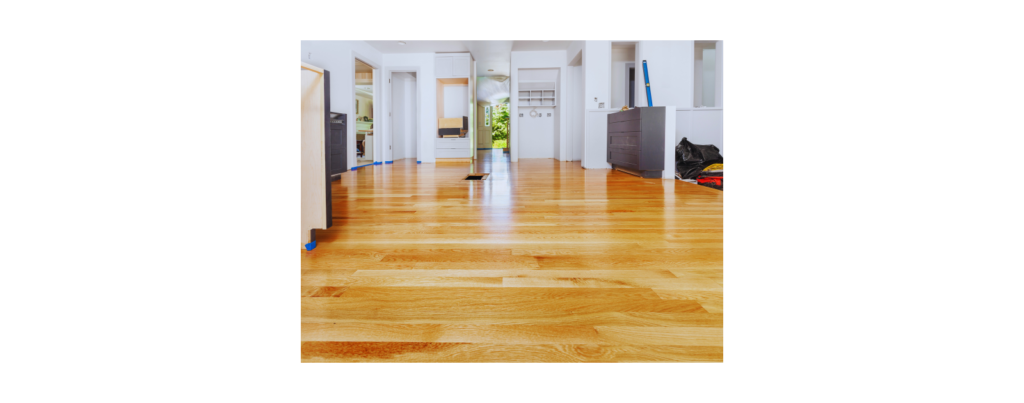
Hardwood floors add warmth and sophistication to any room. To keep them looking their best:
- Sweep or Vacuum First: Start by removing loose dirt and dry debris using a soft-bristle broom or vacuum cleaner with a hardwood floor attachment. This prevents scratches when mopping.
- Cleaning Solution: Use a mix of warm water and a few drops of dish soap or a dedicated hardwood cleaner. Avoid excessive moisture, as excess water can warp the wood.
- Barely Damp Mop: Use a microfiber mop lightly dampened with the cleaning solution. Gently mop the surface, ensuring it’s not overly wet.
- Dry Completely: Go over the floors with a dry microfiber cloth to eliminate any lingering moisture.
Pro Tip: Avoid abrasive cleaners and acidic vinegar, as these can strip the floor’s finish.
Tile Floors: Durable and Versatile
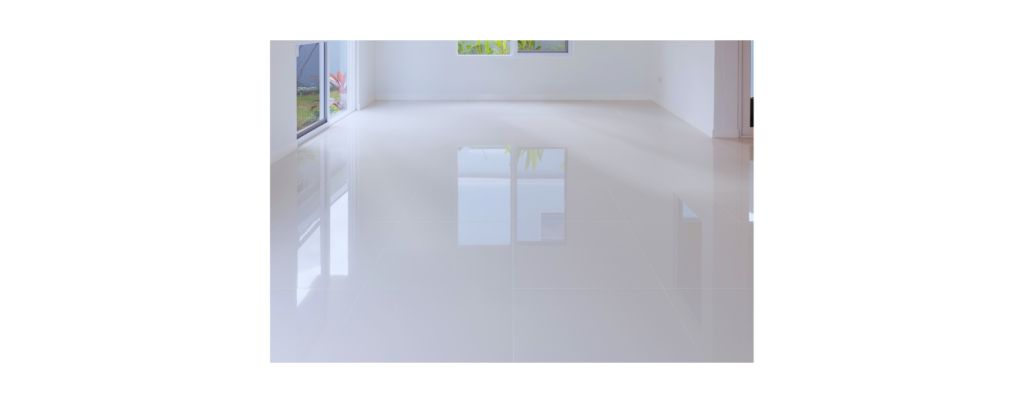
Tile floors are known for their durability and easy maintenance. Here’s how to keep them gleaming:
- Remove Loose Dirt: Sweep or vacuum the tiles thoroughly to pick up dust and debris.
- Soapy Water: Mix warm water with a few drops of dish soap. Avoid harsh chemicals that can dull the finish.
- Grout Lines: Use a grout brush dipped in baking soda and water to clean stubborn dirt in the grout. For deep cleaning, a steam cleaner can lift dirt effectively.
- Mop and Air Dry: Use a slightly damp mop to clean the floor’s surface, then allow it to air dry completely.
Laminate Flooring: A Practical Choice
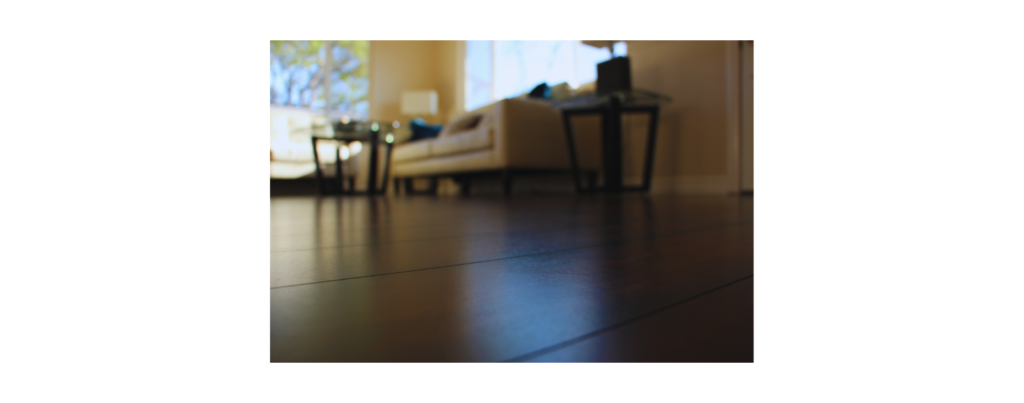
Laminate floors are stylish and budget-friendly, but they need special care to prevent damage:
- Avoid Excess Water: Sweep or vacuum to remove debris, then use a barely damp microfiber mop to clean the surface.
- Mild Cleaning Solution: A mix of warm water and a small amount of dish soap works well. Avoid abrasive materials and harsh chemicals that can damage the protective layer.
Tip: Always dry laminate floors with a microfiber cloth to avoid swelling.
Stone Floors: Natural Beauty
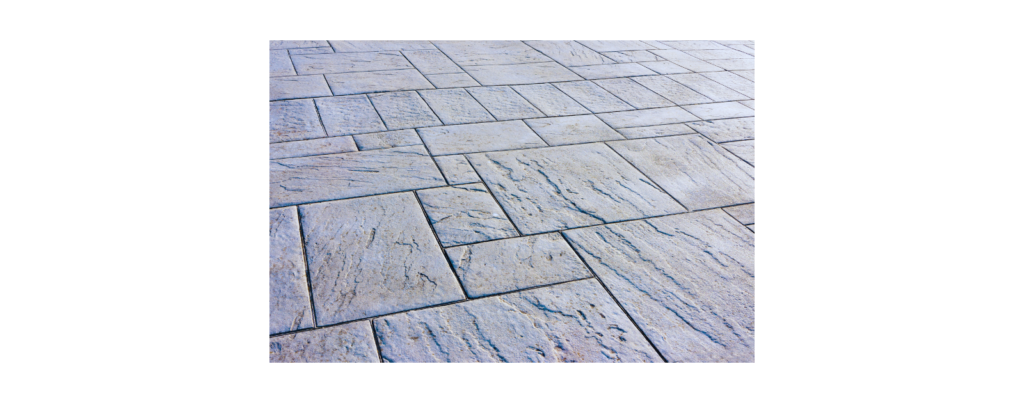
Stone floors, such as marble, granite, or slate, require gentle handling:
- Sweep Daily: Remove loose dirt with a soft broom or vacuum cleaner.
- Non-Acidic Cleaner: Use a cleaning solution specifically designed for stone floors. Avoid acidic vinegar or harsh chemicals that can erode the surface.
- Damp Mop: Use a damp microfiber mop and work in gentle, circular motions.
Note: For stubborn dirt or scuff marks, use a few drops of rubbing alcohol on a microfiber cloth.
Cork Floors: Comfortable and Eco-Friendly
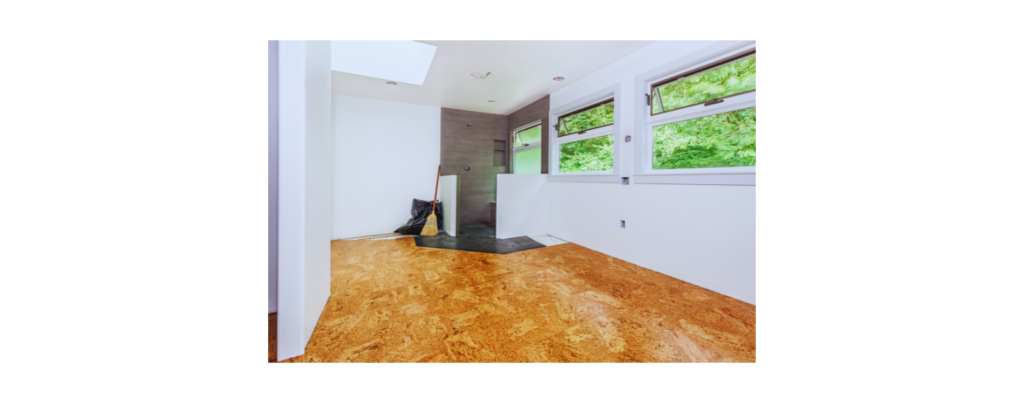
Cork flooring is soft underfoot but needs special attention:
- Vacuum Regularly: Use a vacuum cleaner to lift dirt without scratching.
- Lightly Damp Mop: A slightly damp mop with warm water and mild dish soap is sufficient.
- Avoid Excess Moisture: Ensure the mop is wrung out well to prevent water from seeping into the cork.
Vinyl and Linoleum Floors: Easy Maintenance
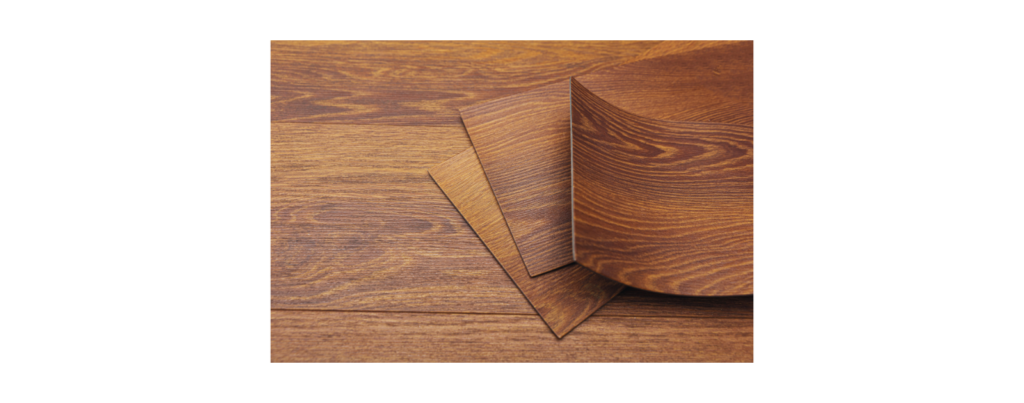
Vinyl and linoleum floors are resilient and versatile:
- Sweep or Vacuum: Start by removing all loose dirt.
- Gentle Cleaners: Use warm water and a few drops of dish soap for regular cleaning. Avoid abrasive cleaners that can scratch the surface.
- Microfiber Mop: Use a damp microfiber mop for best results.
High-Traffic Areas and Stubborn Dirt
High-traffic areas like hallways and kitchens often accumulate dirt quickly. Here’s how to tackle them:
- Spot Clean: Use a spray bottle filled with soapy water or a mix of white vinegar and warm water. Spray the area and wipe with a microfiber cloth.
- Scuff Marks: Gently rub scuff marks with a damp microfiber cloth and baking soda paste.
- Hard-to-Reach Areas: Use a small brush or toothbrush to clean corners and under furniture.
General Tips for All Floor Types
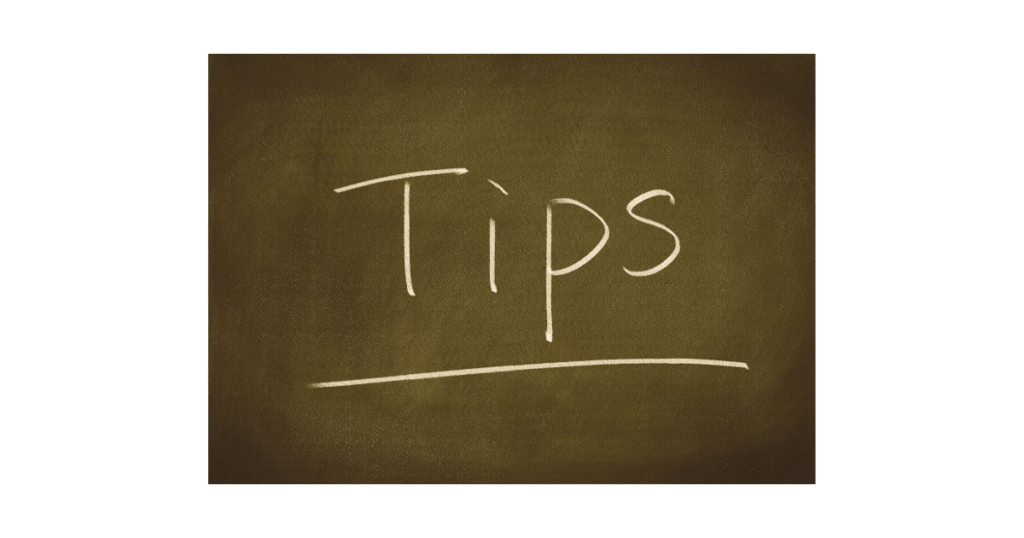
- Avoid Excess Water: Too much moisture can damage floors, especially wood and laminate.
- Dry Thoroughly: Always ensure floors are dry after cleaning to prevent water damage or streaks.
- Protect Floors: Use furniture pads under heavy furniture and rugs in high-traffic areas to minimize wear.
- Deep Cleaning: Schedule a professional cleaning for deep stains or when regular maintenance isn’t enough.
FAQs About Floor Cleaning
1. How often should I clean my floors? Sweep or vacuum high-traffic areas daily and mop weekly. Deep clean as needed.
2. Can I use vinegar on all floors? No. Vinegar is great for tile but can damage wood, stone, and laminate floors.
3. What’s the best mop for hardwood floors? A microfiber mop is gentle and effective for hardwood.
4. Can I steam clean laminate floors? It’s not recommended. Excess moisture can cause warping.
5. How do I clean grout? Use a grout brush with baking soda and water or a steam cleaner for deeper stains.
6. What should I avoid when cleaning floors? Avoid abrasive cleaners, excess water, and harsh chemicals. These can damage most floor types.
By following these tips and tricks, you can enjoy spotless floors that enhance the beauty of your home. Happy cleaning!

